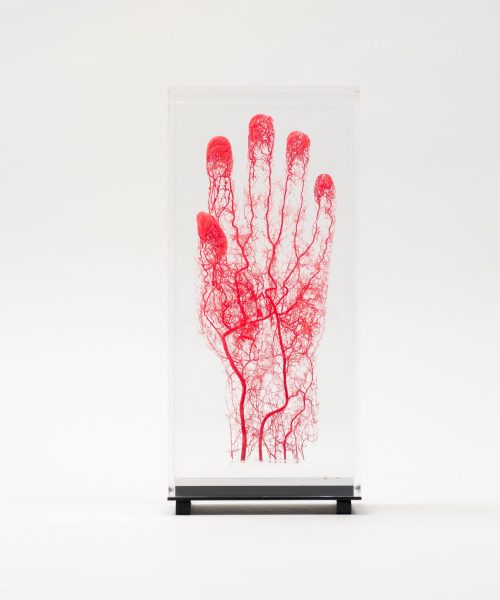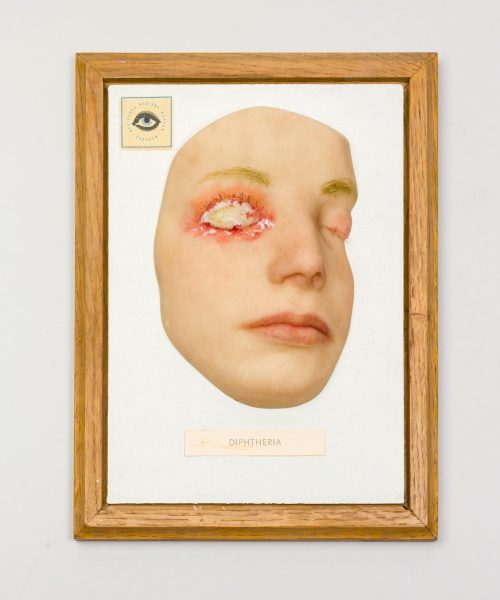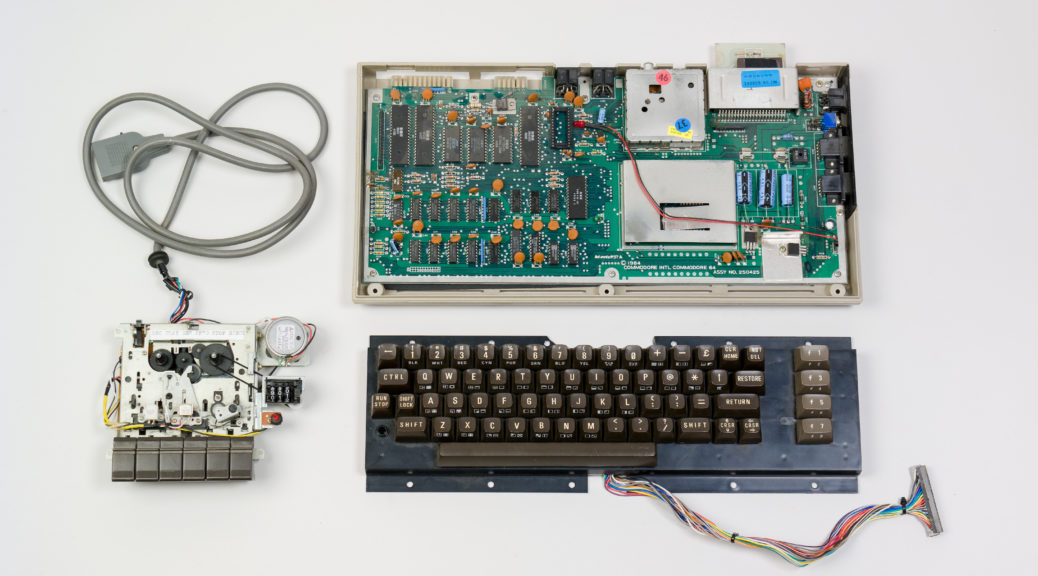21.10.2019, 7 p.m. to 10 p.m.
MESHWORK OF THINGS
The Sammlungsschaufenster of the Humboldt-Universität zu Berlin
New permanent exhibition at the Tieranatomisches Theater
With the opening of its collections on 21 October 2019, Humboldt-Universität zu Berlin offers a new interactive visitor experience. The Meshwork of Things – Sammlungsschaufenster at the Tieranatomisches Theater invites visitors to explore the diversity of things, unknown contexts and critical positions in collection practice. An app offers visitors an individualized experience in which things are activated in always new constellations.
Starting from the thematic fields of “use”, “origin”, “diversity” and “locality”, further links can be activated. By means of the app, visitors of all ages can playfully walk through a ‘meshwork of things’, inform themselves specifically about individual objects with texts, images and films, or trace contexts in virtual tours. What does the photography of the Marienkirche in Prenzlau have in common with a rock sample of ice age debris? Is there a common tool for understanding a crystallographic model and clay fragments from a Cushitic sacred place in Sudan? And what does a lava stone have to do with jihad?
The virtual tours on collection practices (“practice”, “comparative seeing”), contemporary historical classifications (“collected in the GDR”), gender-specific questions (“collecting is a women’s issue”) and object genres (“models”) form bridges between scientific disciplines that also include new perspectives on highly topical social issues such as migration.
The historical library cupboards from 1790 form a fascinating frame for an exhibition design that manages without visible texts and trains the eye for objects. The unique architecture of this “Cabinet of Wonder of the 21st Century” contains lighting that can be individually controlled for each exhibit, making the tour of the exhibition through the app visible in real time.
To launch the exhibition, the Sammlungsschaufenster presents 80 objects out of 24 collections of the HU and partner institutions. Among others, the objects come from the Historisches Kabinet of the Department of Psychology, the Sammlung am Centrum für Anatomie, the Sudan Archaeological Collection, the Art Treasury, the Sound Archives and the Medienarchäologischer Fundus. Familiar objects and famous persons appear as well as lesser-known and surprising things.
Heiner Müller’s research library contains not only great literature, but also his personal copy of Raoul Whitfield’s crime novel Green Ice. It is an informative document, as Heiner Müller noted his thoughts on reading while travelling in it.
In university collections, it is not only the preservation of things that is important, but above all their usage. From the Medienarchäologischer Fundes, the Sammlungsschaufenster shows a “Commodore 64”, the first powerful and affordable home computer that came onto the market in 1982 and now enjoys cult status. Instead of being preserved as a whole, it has been dismantled into its components. Understanding by deconstruction is a central method in teaching that can sometimes be irretrievable – to explore in the tour “Loss is part of the business”
The theme of “migration” can be found in many collections at very different scales – geological, regional or global. Ice Age glaciers have transported rocks from Scandinavia to Brandenburg. Brandenburg Children’s games document regional migration and urbanization in the early 20th century. Germany’s first mosque was built during the First World War in a prisoner-of-war camp in Wünsdorf.
Conceived as a dynamic permanent exhibition, the objects and focal themes are exchanged in intervals of six to twenty-four months, so that the Meshwork of Things always produces new topics and links and the objects remain usable in the collections for research and teaching.
Curated by Felix Sattler, Sarah Becker and Jessica Korp.
Idea and original concept: Felix Sattler and Dr. Jochen Hennig.




